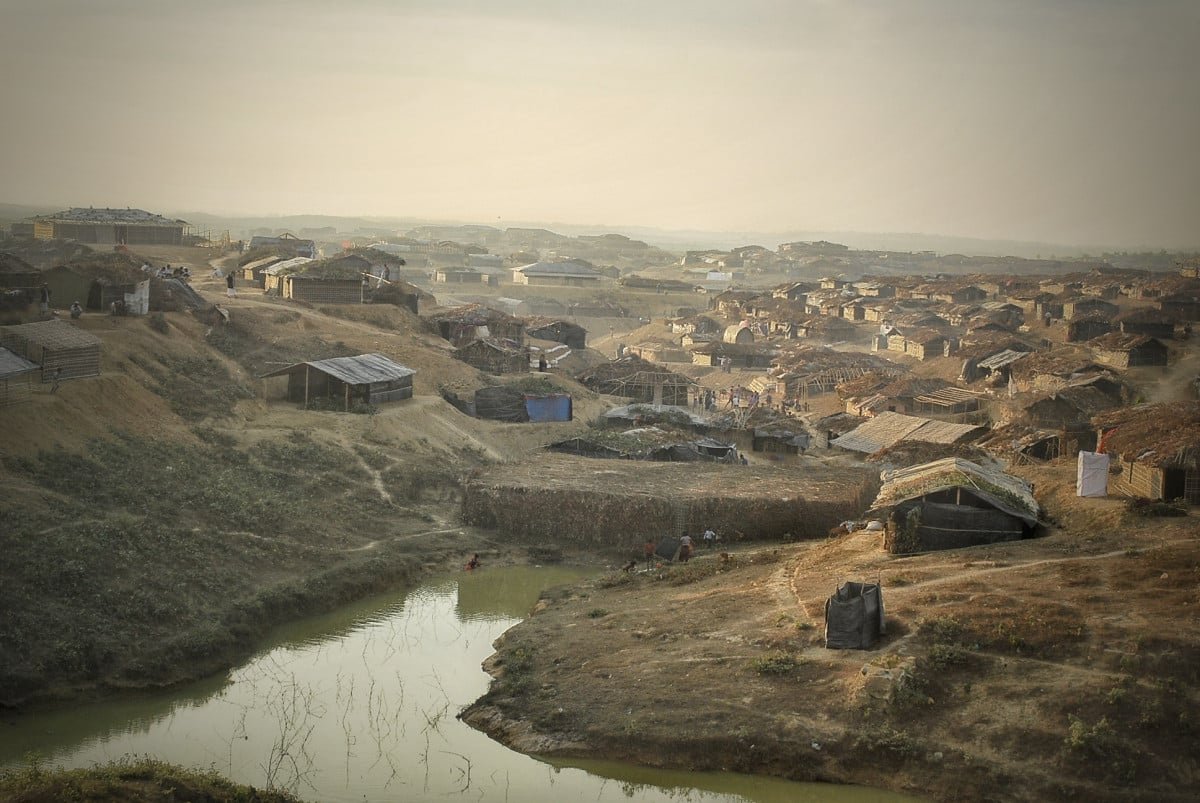Undoubtedly, one of the most widely spoken and crucial issues of our recent times is the plight of Rohingya Muslim refugees from Myanmar. Since the exodus began, we have been offering full support to international media houses and documentary filmmakers filming in the Rohingya camp, helping them navigate sensitive environments with cultural and legal compliance.
Filming in the Rohingya Camp is a profound undertaking that requires meticulous planning, cultural sensitivity, and ethical considerations. This comprehensive guide aims to provide insights and essential steps for filmmakers venturing into this unique environment. From obtaining permits to the nuances of production, every aspect is crucial for a respectful and impactful portrayal of the Rohingya community.
Essential Steps and Guidelines to Follow
1. VISA

In the pursuit of capturing the Rohingya narrative through film or news coverage within the Camp, securing a Journalist VISA is an absolute prerequisite. This crucial document is indispensable, as other permits necessary for filming will be granted. This step is pivotal in the initial planning phase and should be prioritized to avoid any hindrance in subsequent stages of the filming process. It is advisable to initiate the VISA application process well in advance, allowing sufficient time for approval and ensuring a smooth entry into the Rohingya Camp.
2. Obtain the permit to visit the Camp from the local authority
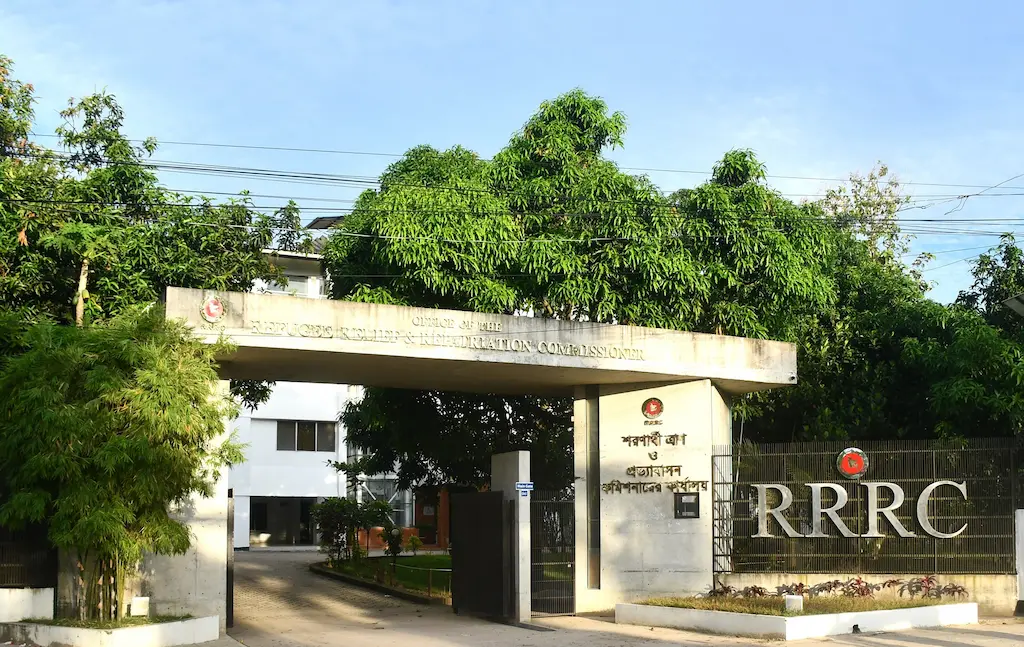
Before setting foot in the Rohingya Camp, securing the necessary permits from local authorities is non-negotiable. The permit is basically an acknowledgement from three authorities: RRRC, the District Commissioner and the Police Super of the area. Their office will put stamps of acknowledgement on the paper.
This should be obtained before your arrival. Please contact us to get details regarding permits and VISA requirements.
3. Engage a Rohingya fixer or a local fixer
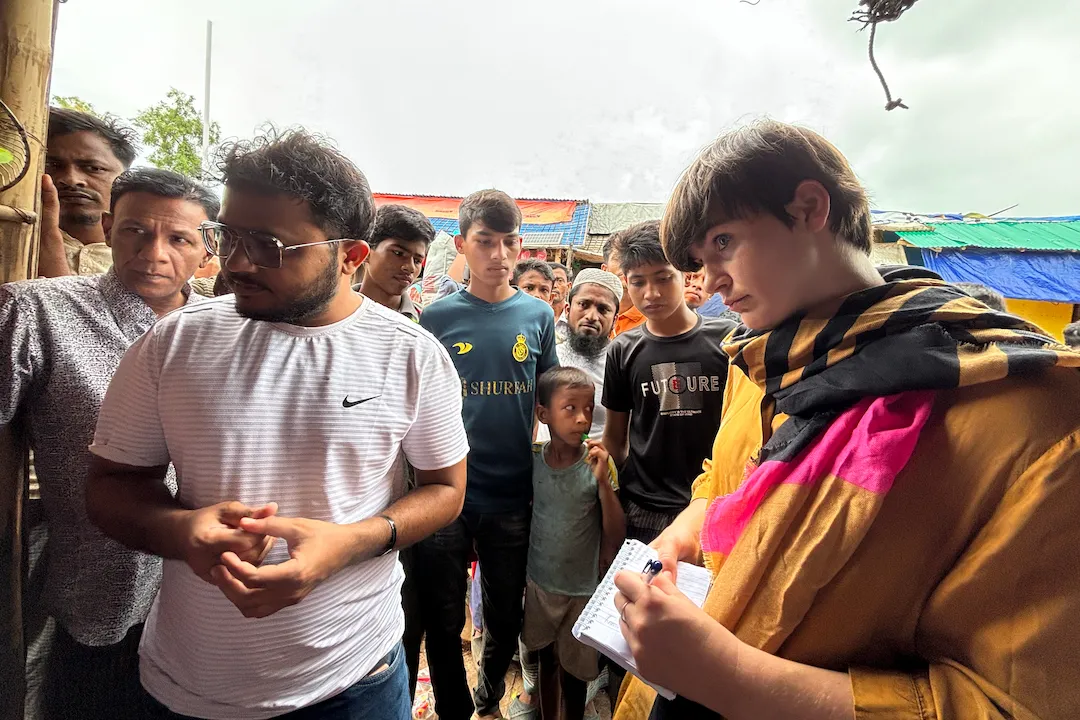
Understanding the local dynamics is the heart of any successful filming project or news coverage. Enlist the services of a Rohingya fixer or a knowledgeable local fixer who can navigate the intricacies of the community, provide cultural insights, and establish connections beyond the surface. Not just that, he will ensure that the crew doesn’t get into any trouble inside the Camp.
Contact us to talk about Rohingya Fixer Service
4. Secure safe and camp-familiar transportation
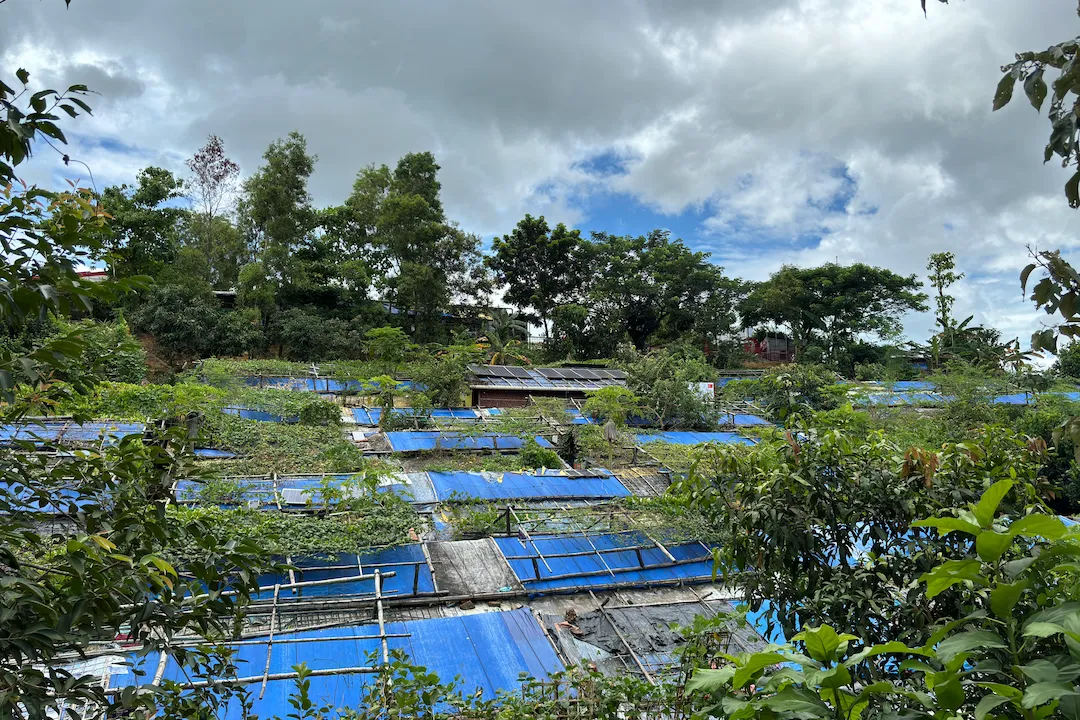
Transportation is a critical element when filming in a complex environment. Opt for vehicles and drivers familiar with the Camp’s terrain, ensuring safety and efficient navigation through the often challenging geography. The driver needs to be very punctual as it’s quite a drive from the locality to the Camp, and the hilly area can be challenging inside the Camp.
Contact us to get quotes and details regarding Transporation
5. Choose safe and culturally sensitive accommodation
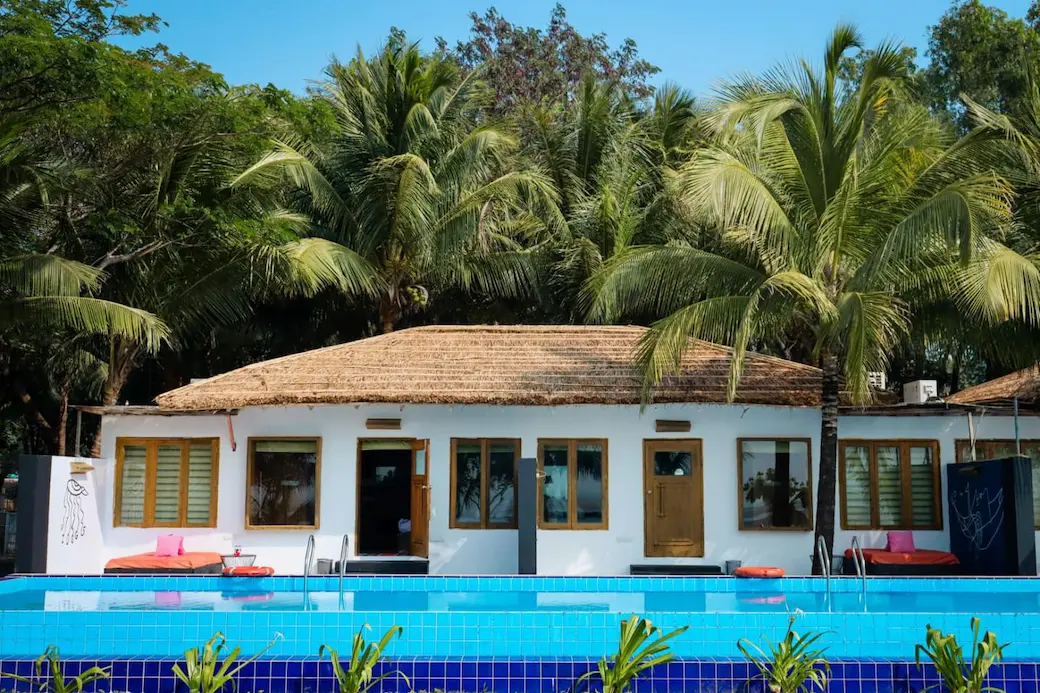
This is the most critical point when it comes to staying in Cox’s Bazar while shooting in the Rohingya camps. We understand the impression journalists already have about the safety measurements in Bangladesh. But we have to work on keeping this reality in mind.
The location of the accommodation is the base of the crew, so many things depend on the location of the accommodation concerning the shooting location. The journey can be hectic on your way and back from the Rohingya camp daily. So staying as close and safe as possible could be the key.
We can suggest many safe accommodations near to the Camp.
6. Mindful Production:
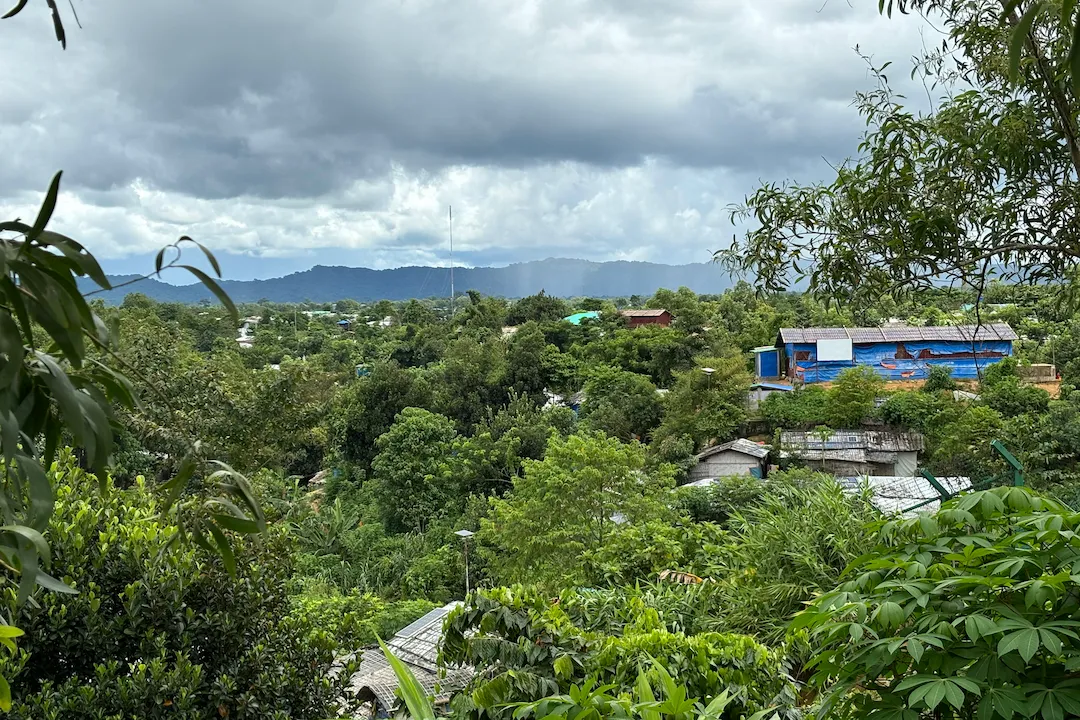
Filming in Rohingya Camps demands a level of sensitivity that goes beyond technicalities. Adhering to ethical guidelines, seeking consent for interviews, and minimizing disruptions to daily life are central to responsible production. Embrace the role of storytellers responsibly, understanding how images can impact a community’s perception.
Challenges and Solutions in Filming the Rohingya Camp
Discuss potential challenges filmmakers may encounter, such as language barriers, cultural nuances, and the emotional weight of the stories being told. Propose practical solutions to navigate these challenges, emphasizing the role of adaptability and open communication.
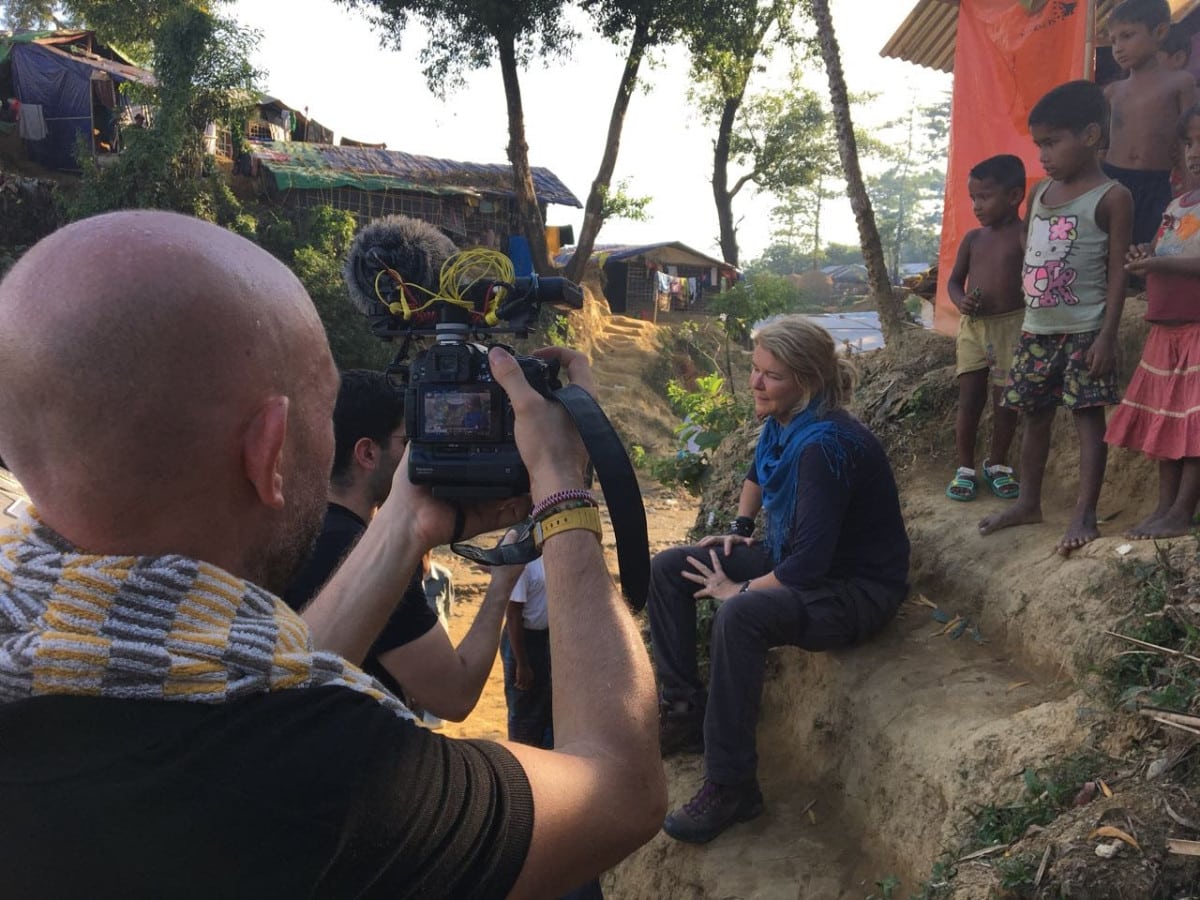
1. Language Barriers
The Rohingya Camp is a melting pot of diverse languages and dialects, making effective communication challenging for filmmakers.
Engage local interpreters or translators who are not only fluent in the native languages but also familiar with the cultural nuances.
Contact us for Rohingya Fixer and Translation Service
2. Cultural Nuances

Cultural differences can pose challenges in accurately understanding and accurately portraying the daily lives and traditions of the Rohingya community.
Prioritize cultural sensitivity by building relationships with community leaders and members. Seek guidance from a Rohingya fixer service or a local fixer who understands the intricacies of the culture. Conduct pre-production research to grasp cultural norms, ensuring that the final narrative truly reflects the community’s identity.
3. Emotional Weight of Stories
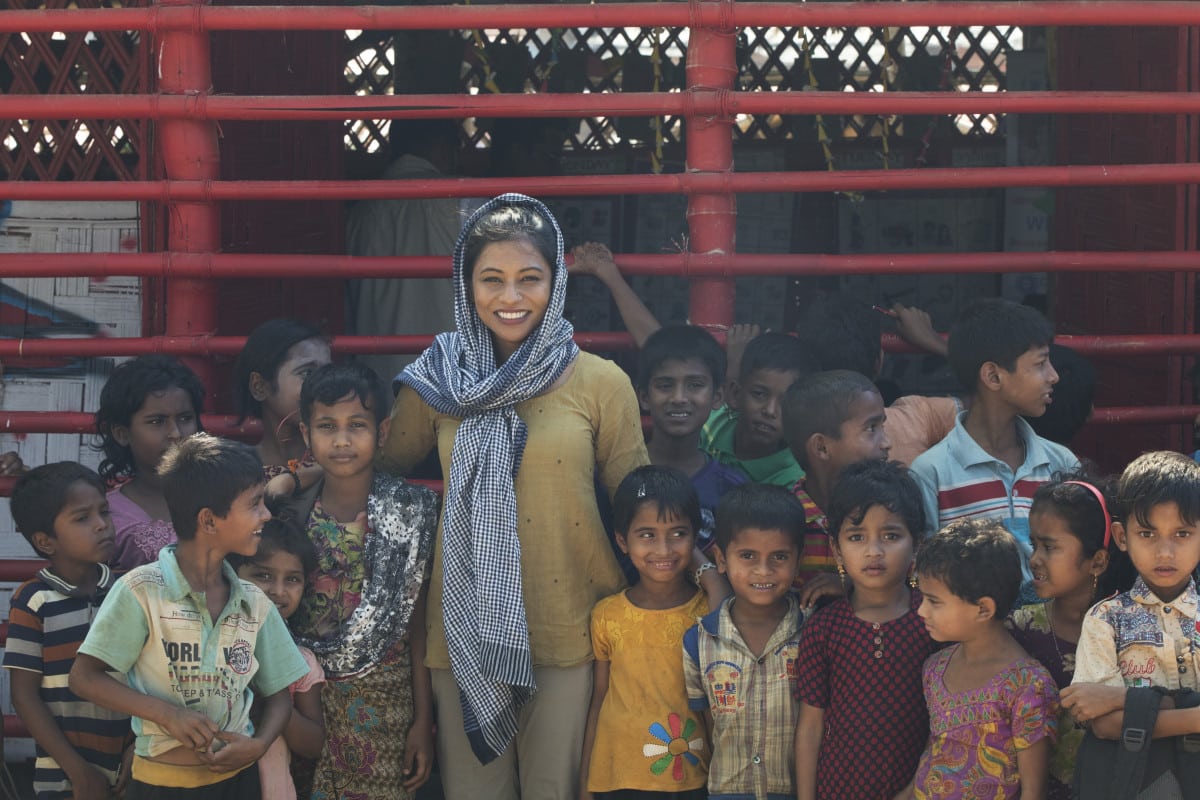
Filming in an environment marked by displacement, trauma, and human rights issues can be emotionally taxing for both the filmmakers and the subjects.
Implement empathetic and trauma-informed storytelling practices. Prioritize the well-being of interviewees by obtaining informed consent and being transparent about the purpose and potential impact of the project. Allow survivors to share their stories at their own pace and offer support services if needed. Filmmakers should also prioritize self-care and mental health awareness throughout the production process.
4. Adapting to Unforeseen Challenges
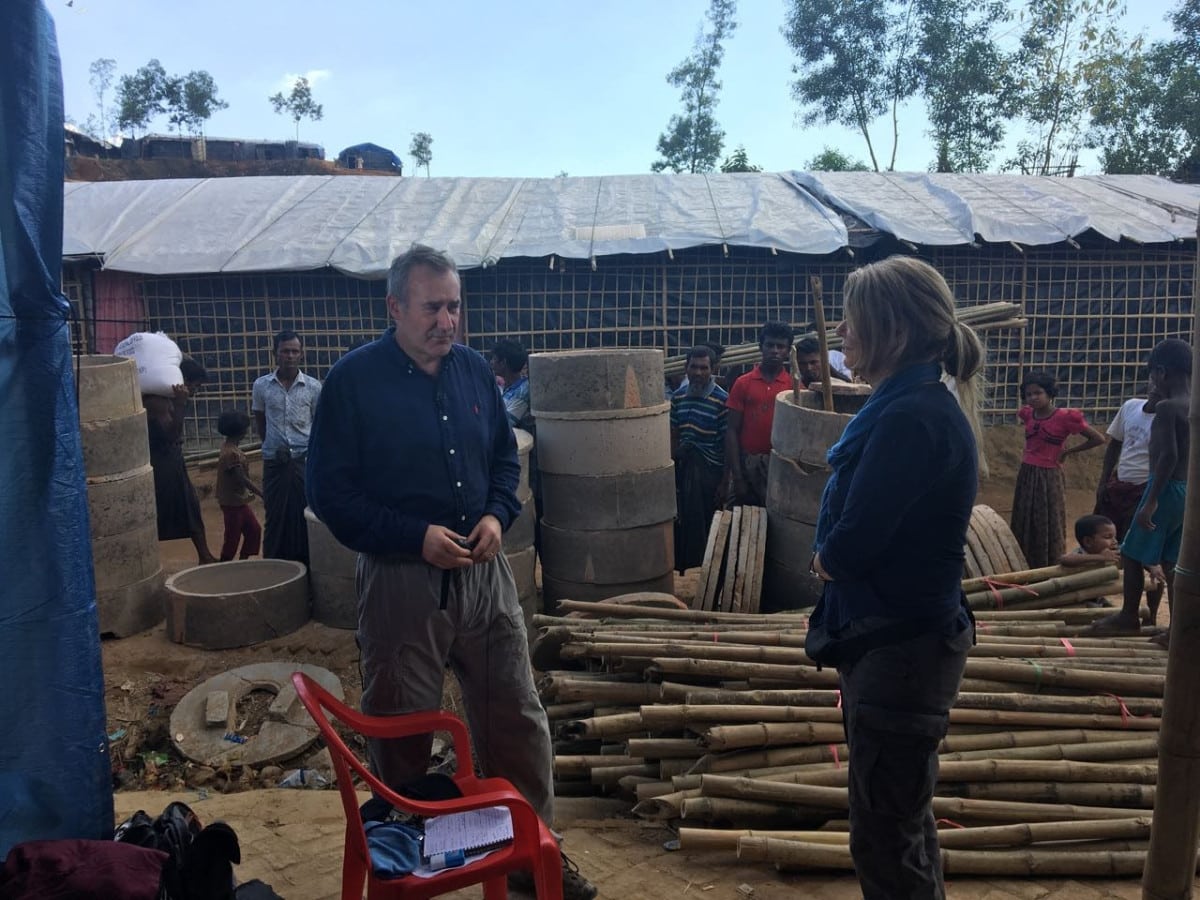
The unpredictable nature of a crisis-affected region may present unforeseen challenges, ranging from logistical issues to changing security situations.
Embrace adaptability as a core principle of the filmmaking process. Have contingency plans in place for logistical challenges, and stay informed about the evolving situation in the Camp. Maintain open lines of communication with local authorities, fixers, and the community to address emerging issues promptly and responsibly.
5. Gaining Trust
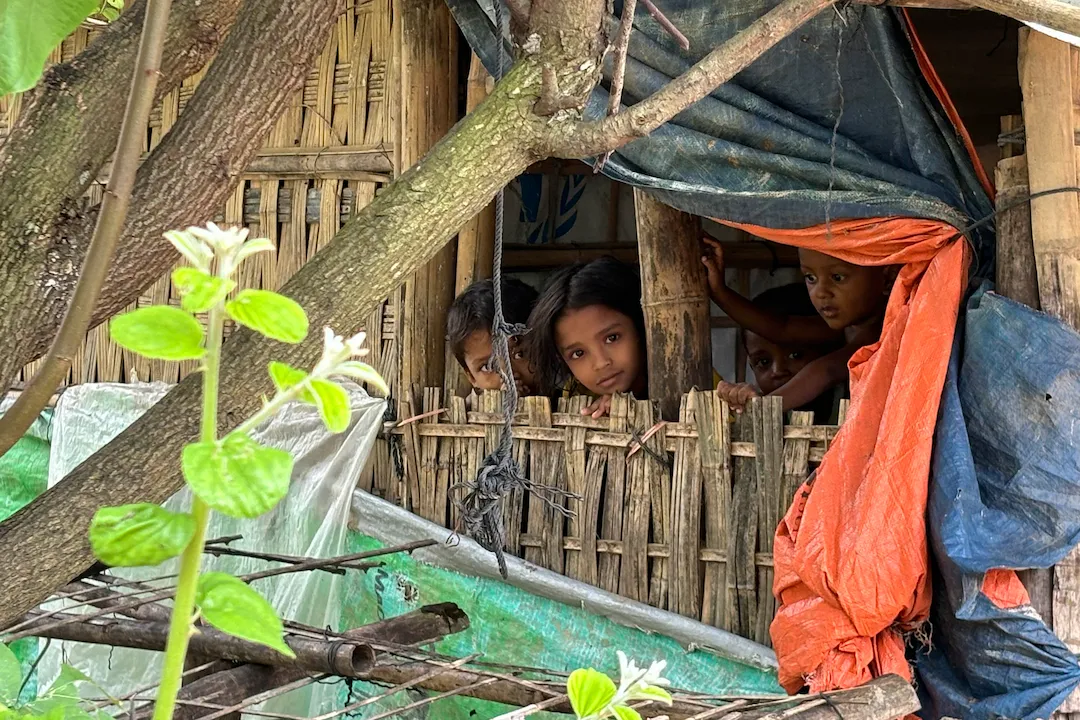
Building trust within the Rohingya community may take time due to historical distrust of external entities.
Approach the community with humility, acknowledging the complexities of their experiences. Involve community leaders in the planning process, demonstrating a genuine commitment to representing their stories authentically. Consistent and transparent communication is critical to fostering Trust and ensuring the community feels heard and respected.
Wrapping Up!
Filming within the Rohingya Camp necessitates a conscientious approach grounded in cultural understanding and ethical responsibility. Securing permits and visas is just the beginning; establishing trust, respecting cultural sensitivities, and prioritizing the well-being of both subjects and filmmakers are paramount. Engaging local fixers and translators familiar with the community’s dynamics helps navigate language barriers and ensures authentic storytelling.
Moreover, recognizing the emotional weight of the stories being told underscores the importance of trauma-informed practices and transparent communication throughout the production process. By embracing adaptability, fostering trust, and prioritizing dignity, filmmakers can contribute to a more nuanced understanding of the Rohingya refugee crisis while upholding the integrity of those whose narratives they seek to share.

